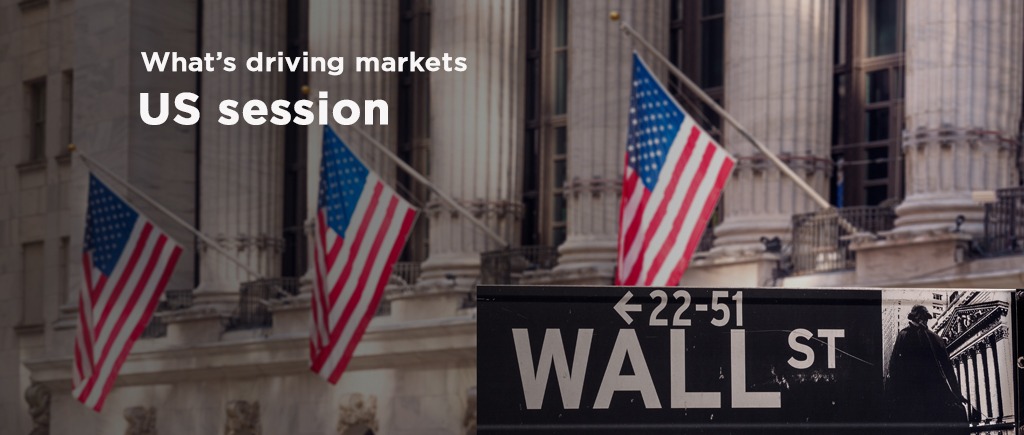Wall Street closed in the red territory amidst a dismal sentiment, central bank tightening, as investors reposition their portfolios once the US central bank hiked rates 50-bps for the first time in 20-years.
Wall Street’s printed losses between 1.03% and 2.42%, putting an end to a volatile week led by three central banks tightening monetary policies as they scramble to tackle inflation towards their target levels.
Economic Data
The US Department of Labor reported that the US economy added 428K new jobs to the economy, smashing expectations, while the Unemployment Rate at 3.6% was unchanged.
Other Development
The US Dollar Index is pairing early day losses, up 0.11%, currently at 103.658, while the US 10-year Treasury yield reached a YTD high around 3.131%. The RBA and the Fed hiked rates, but at a pace that favors the USD.
At the beginning of the week, the Reserve Bank of Australia (RBA) surprised the markets with a 25-bps rate hike, the first since November 2010. Market participants expected a lift-off of 15-bps, to leave rates around 0.25% though the central bank stuck to the 25-bps path.
Also, the RBA began the reduction of the stimulus, allowing its portfolio of bonds to run down as they mature. On Wednesday, the Fed decided to increase the Federal Funds Rates (FFR) by 50-bps points to the 1% threshold as foreseen by the majority of the economists and announced the quantitative tightening at a pace of $47.5 billion in the first three months, followed by an adjustment capped at $95 billion a month.
At his press conference, Fed Chair Powell said that 75-bps increases are not something the Fed is not actively considering it. He added that “if we see what we expect to see,” 50-bps increases would be “on the table” at the following couple of FOMC meetings.
Wednesday’s rally in global equities was perceived as a sign of relief that a higher Fed rate hike, probably a 75-bps, brought Fed’s St. Louis President Bullard, did not happen. However, on Thursday, market participants made a U-turn, dumping equities, flighting towards safe-haven assets, and boosting the USD, the JPY, and the CHF, the AUD/USD snapped five consecutive weekly losses and is recording decent gains of 0.15%.
Also Read:
ECB Struggles With Weaker Euro
Baker Hughes: More US oil rigs for seventh week in a row
After NFP: Americans get pay raise, US dollar to surge
NFP data paves the way for 50 bps rate hike in June
Disappointing jobs data won’t change BoC hikes
Gold Records Minimal Gains Around $1885
EUR/GBP highest since December, approaching 0.8600
 Noor Trends News, Technical Analysis, Educational Tools and Recommendations
Noor Trends News, Technical Analysis, Educational Tools and Recommendations





